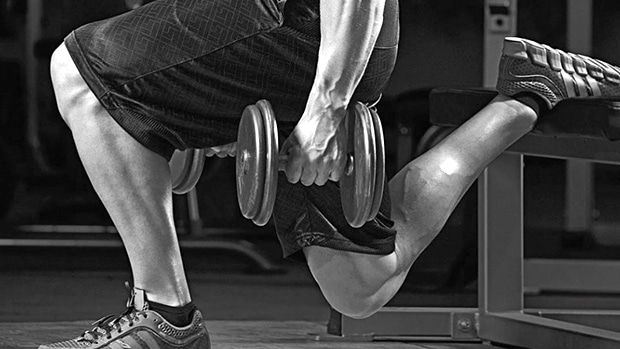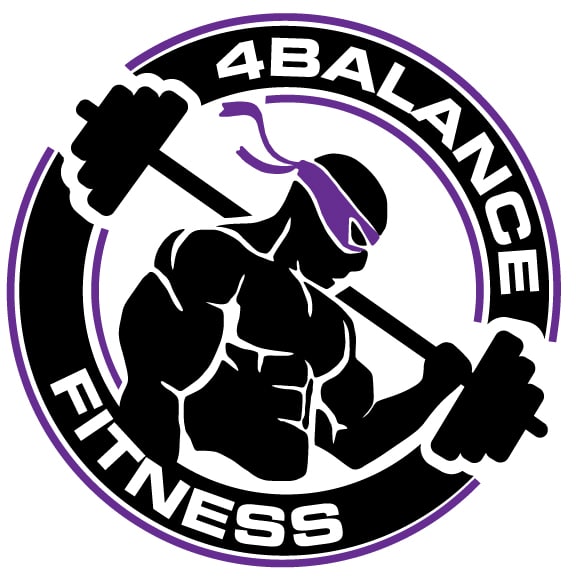
Are you tired of sticking to the same old bilateral movements in your workout routine? If you’re looking to switch things up and add a challenge, incorporating unilateral movements can do wonders for your strength and balance. Unilateral movements work one side of your body at a time, forcing your midline to stabilize and your limb to use extra effort to maintain balance. Not only do these movements create stronger and more balanced muscles, but they also help prevent injuries and fix imbalances in your body. In this blog post, we’ll dive into the benefits of incorporating unilateral movements and provide examples of movements to integrate into your workout routine.
- It Forces Your Midline to Stabilize
Performing unilateral movements requires your midline to work double-time to keep you upright and balanced. With only one side working, your body naturally tries to compensate, making stabilization a key component of these movements. This increased stabilization leads to stronger core muscles, promoting good posture and reducing the risk of injuries. - It Active Stabilizes Your Limbs
Unilateral movements force your joints, tendons, and muscles to work harder than when performing bilateral movements. This increased workload leads to more active stabilization, creating stronger muscle fibers and helping prevent injuries. When focusing on a single limb, you need to engage all the muscles involved, creating a more balanced and functional muscle group. - It Helps to Fix Imbalances
Most people have one side that is stronger or more dominant than the other. When performing bilateral movements, this can lead to overcompensation by the stronger side, creating an imbalance. Incorporating unilateral movements can help to identify and address this imbalance. Once the imbalance is identified, targeted exercises can be introduced to strengthen the weaker side, leading to a more symmetrical and balanced body. - Examples of Unilateral Movements
The possibilities for unilateral movements are endless. Here are a few examples to help get you started:
- Single-arm dumbbell bench press
- Single-arm dumbbell shoulder press
- Reverse lunges
- Alternating Cossack squats
- Single-leg box step-up/step-downs
- Single-arm dumbbell row
- Suitcase carries
- Waiter carries
- Single-leg kettlebell deadlifts
- Single-arm kettlebell sit-ups
Incorporating these movements into your workout routine will provide a challenge and help you achieve a stronger and more balanced body.
Incorporating unilateral movements into your workout routine can lead to a more balanced and functional body. These movements work your midline and limbs harder, creating stronger muscles fibers and promoting active stabilization. Additionally, they help identify and address any imbalances you may have. With so many potential exercises to choose from, it’s easy to take steps today to incorporate these moves and add variety to your existing fitness regimen. So why not give it a go? Add some unilateral movements to your next workout and reap the benefits of a stronger, better-balanced body.








